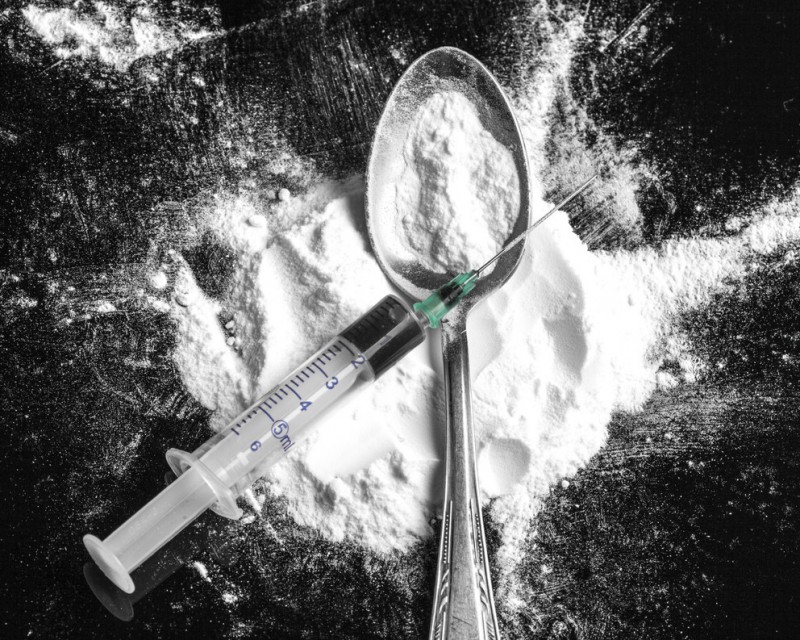Staying isolated has been hard for many people during the COVID-19 crisis, but for those in recovery for alcohol or substance abuse, it was particularly difficult.
Adjusting their ways of supplying services was a challenge for the employees of the Clearfield-Jefferson Drug & Alcohol Commission, according to Executive Director Susan Ford.
The agency assisted over 900 people from July of 2018 to June of 2019, according to its fiscal year report. Their services include treatment, recovery support, prevention and intervention.
During the crisis they had “to engage people in a different way,” she said.
They were able to offer counseling and visits via the Internet once the state lifted restrictions for teleconferencing. They started connecting with people via Zoom and physicians were contracted to provide tele-help.
“This became the new normal,” Ford said.
There were other problems because not everyone has Internet access and some have limitations on their cell phones. Luckily, some companies offered free minutes or more data during the crisis.
To work around barriers, they had to make adjustments. For example, talking over the phone meant that caseworkers lost their sense of sight.
“If you see someone you can tell if they are disheveled, fidgety or scratching which are some of the indicators we look for. We had to have our other senses kick in,” Ford said.
The case managers were in touch as much as possible to determine what their clients needed to move forward in their recovery.
For their part, the clients were more receptive than they expected and most were available when they called.
Although “this is a very difficult time for people due to self-isolation,” she commented that it did help people change some of their habits and lessened contact with some people who were bad influences.
For some “the less contact with their old way of life the better,” she said.
According to data from the agency’s report, opiates including heroin is the number one problem in this area (39 percent), followed by methamphetamine (24 percent), alcohol (18 percent) and marijuana (16 percent) with the remaining 3 percent being other substances.
The virus is a particular threat to recovering drug addicts because drug abuse compromises your immune system.
Anyone using opioids is even more susceptible to respiratory problems, Ford explained. “We tried to educate them on what is going on and get them to take care of themselves.”
The self-help group community stepped up, offering meetings all day long so they could easily find one that was convenient for them. Some were even recorded so people could watch them later.
Patients receiving regular methadone treatment at the clinic were able to take more of the drug home after the federal government changed their restrictions.
This allowed people to receive several doses at once so they did not have to be at the clinic every day.
“Not everybody was able to take it home because the doctors are still in control,” Ford clarified.
Their agency never closed completely but “scaled down” because their work is essential.
Employees were able to work from home and they split into five teams, one for each day of the week that would work in the office one day a week.
The teams were kept together to limit exposure to others.
“I am proud of the staff for stepping up,” she said. It was like “teaching old dogs new tricks, but the staff really worked together to provide services.”
Now they are looking forward to seeing people again and helping them to recover from their addictions. “It is hard to do this on your own.”
